This collection brings together monuments, museums, neighborhoods and tourist attractions considered essential in Cologne, the fourth largest city in Germany. From the gothic cathedral to historic districts, art museums and cultural sites, this selection presents real points of interest that form the architectural, cultural and tourist heritage of this centuries-old Rhine city.
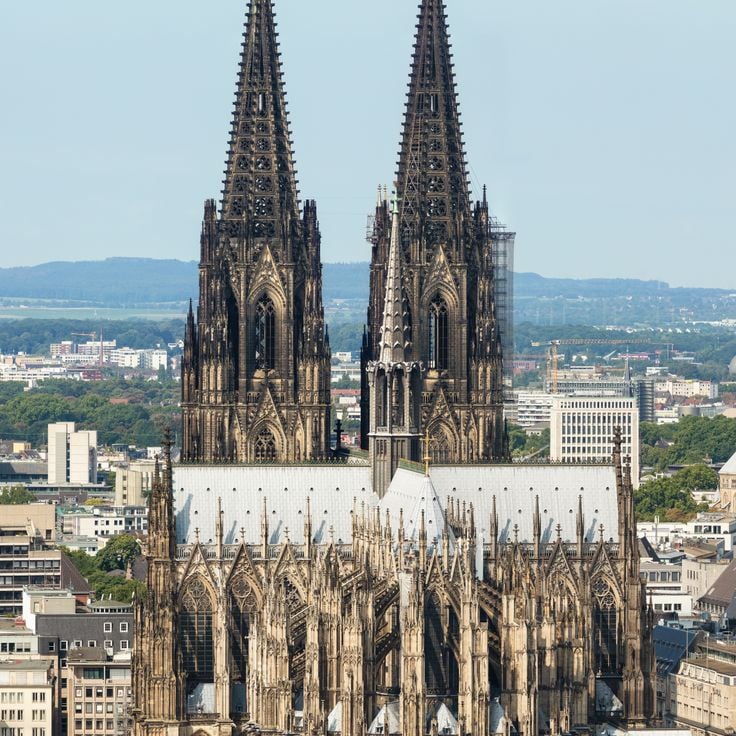
Cologne, Germany
Religious building in Gothic style built between 1248 and 1880, classified as a UNESCO World Heritage Site since 1996, characterized by its two towers 157 meters high.

Cologne, Germany
Cultural venue presenting the history of cocoa and chocolate production techniques, offering demonstrations and tasting sessions for visitors.
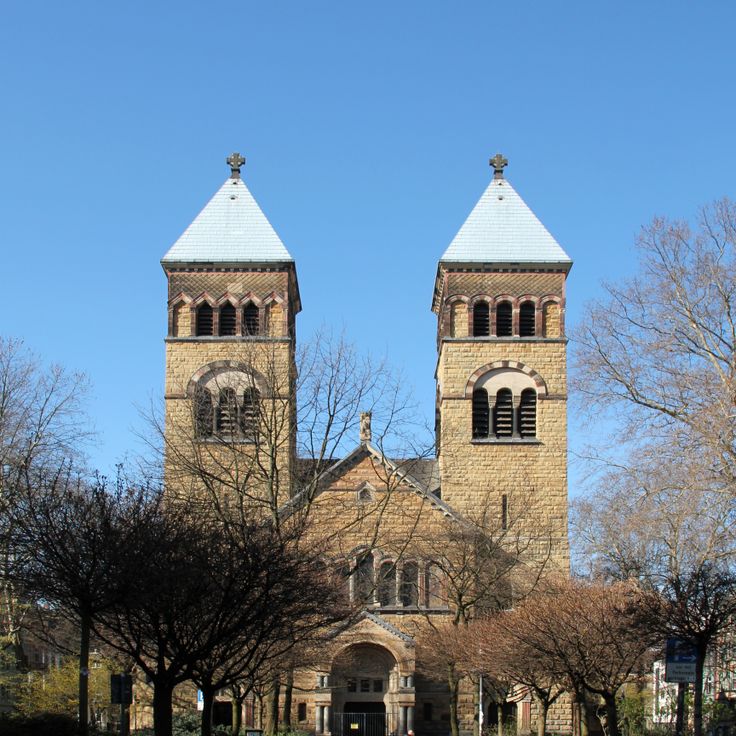
Cologne, Germany
Catholic church located in the Belgian quarter near Brüsseler Platz, built at the beginning of the 20th century in neo-Romanesque style.
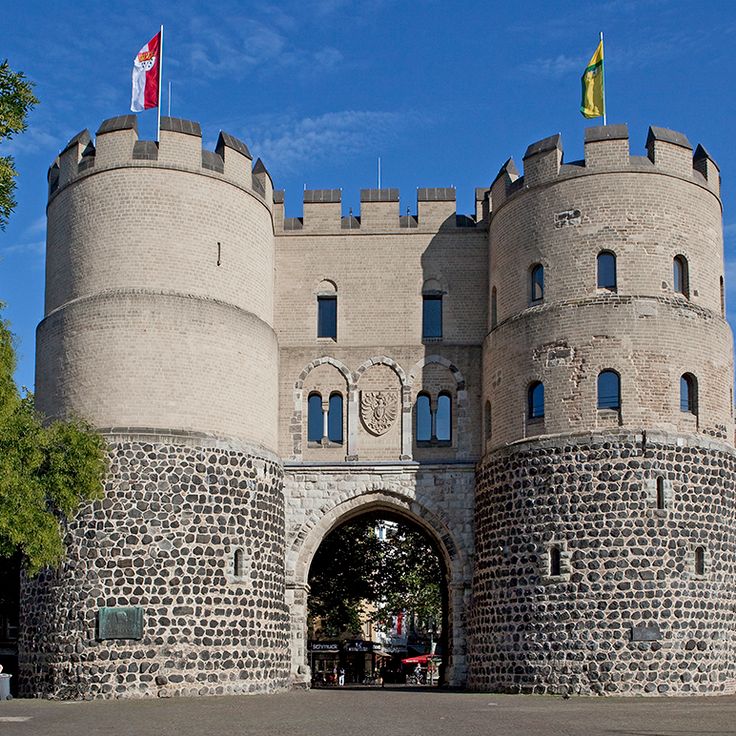
Cologne, Germany
Former fortified medieval gate composed of two round stone towers, located near Rudolfplatz subway station in the city center.
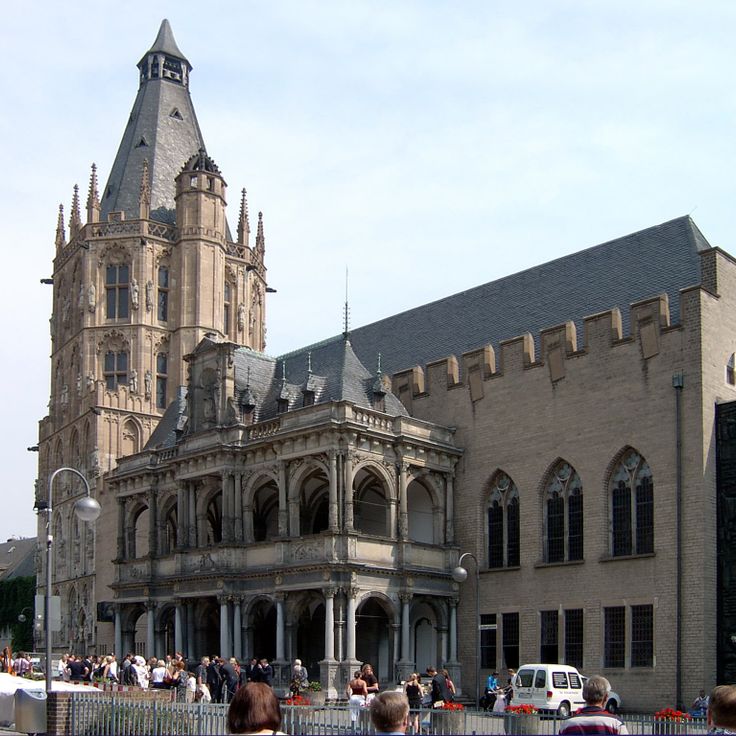
Cologne, Germany
Historic town hall over 900 years old with architecture from the 14th to the 20th century.

Cologne, Germany
Modern art museum in a glass and zinc building presenting cubism, surrealism, and pop art.
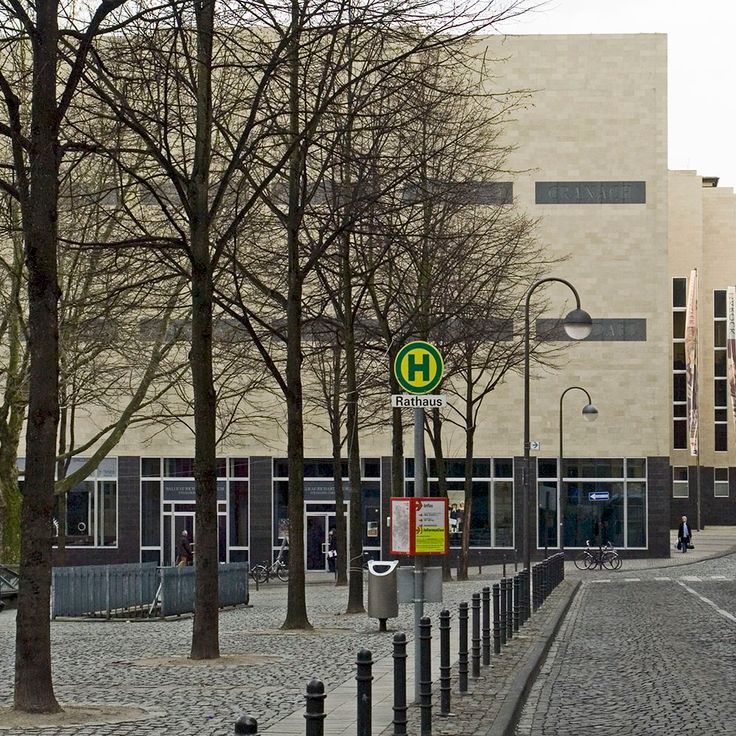
Cologne, Germany
Painting museum covering works from the Middle Ages to the 19th century.
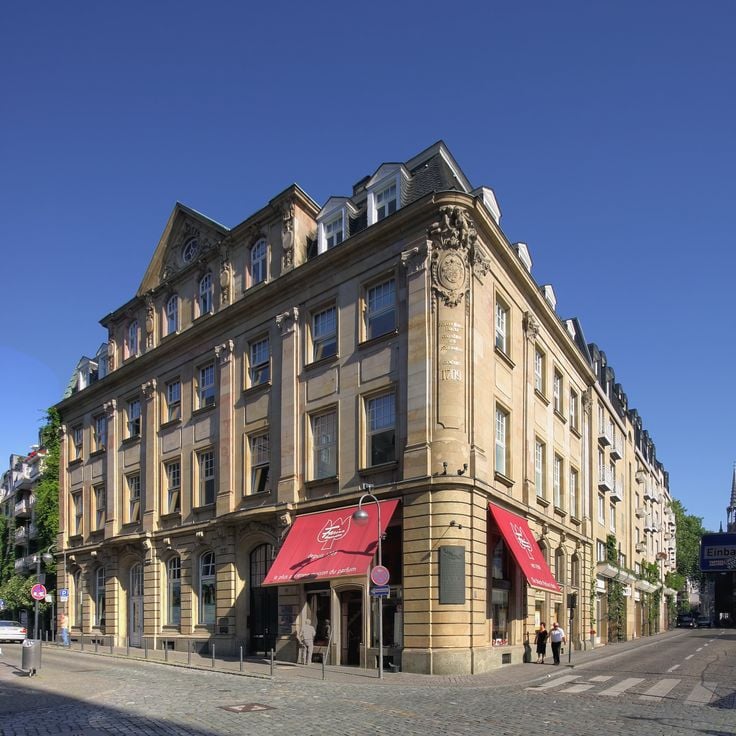
Cologne, Germany
Museum devoted to the history of perfume, located in the former family factory that has produced authentic Cologne water since the 18th century.
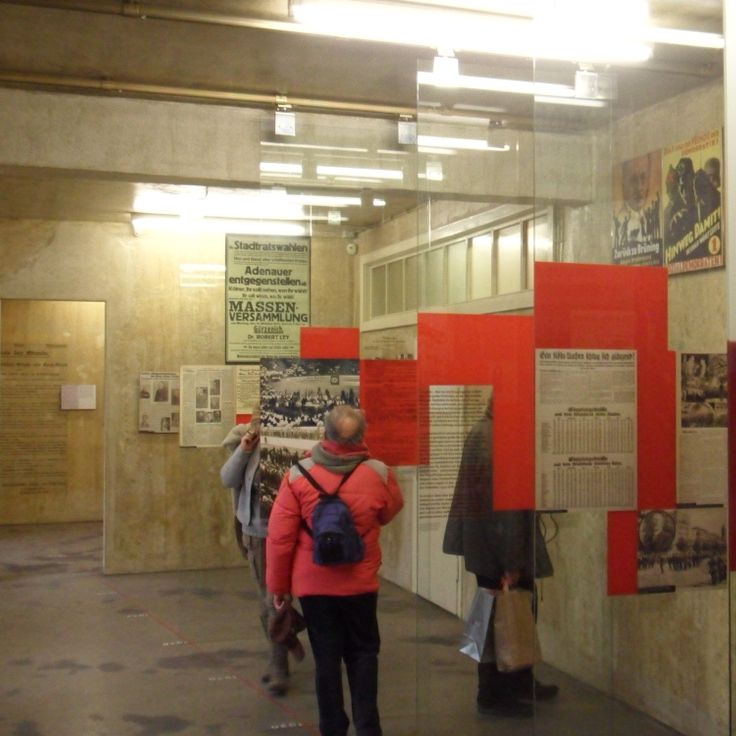
Cologne, Germany
Memorial institution located in the former Gestapo headquarters, presenting the local history of Nazi persecution and resistance.
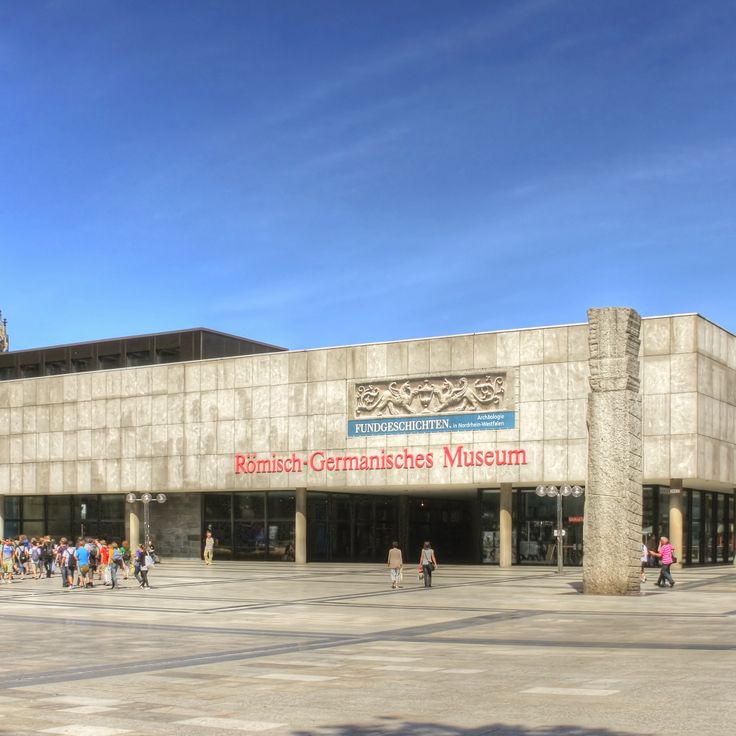
Cologne, Germany
Archaeological museum presenting relics from the Roman era, including the famous Dionysus mosaic and everyday ancient objects.
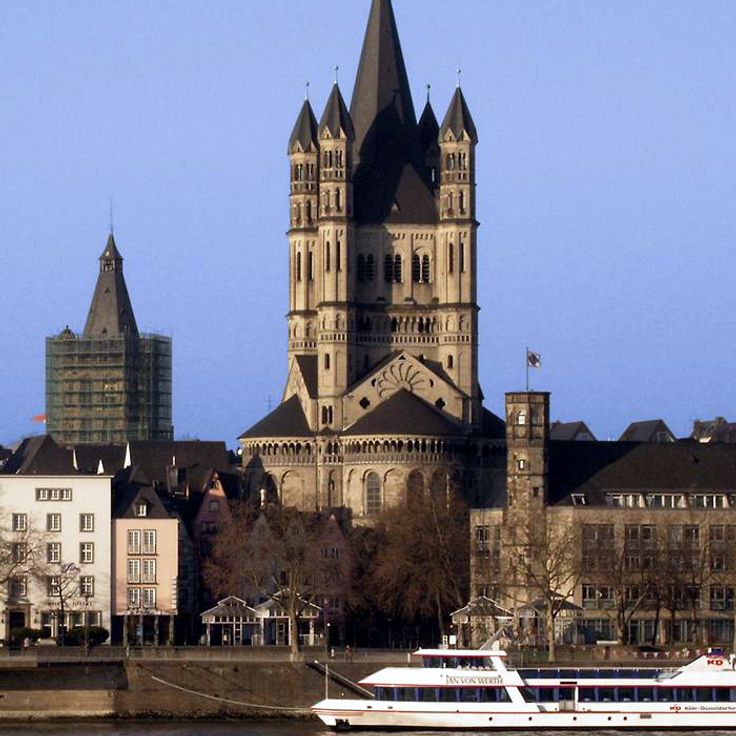
Cologne, Germany
Romanesque style religious building dating from the 12th century, characterized by its massive towers and contemporary stained glass windows installed after the war.

Cologne, Germany
Railway and pedestrian bridge crossing the Rhine, decorated with thousands of padlocks attached by couples as a sign of their love.
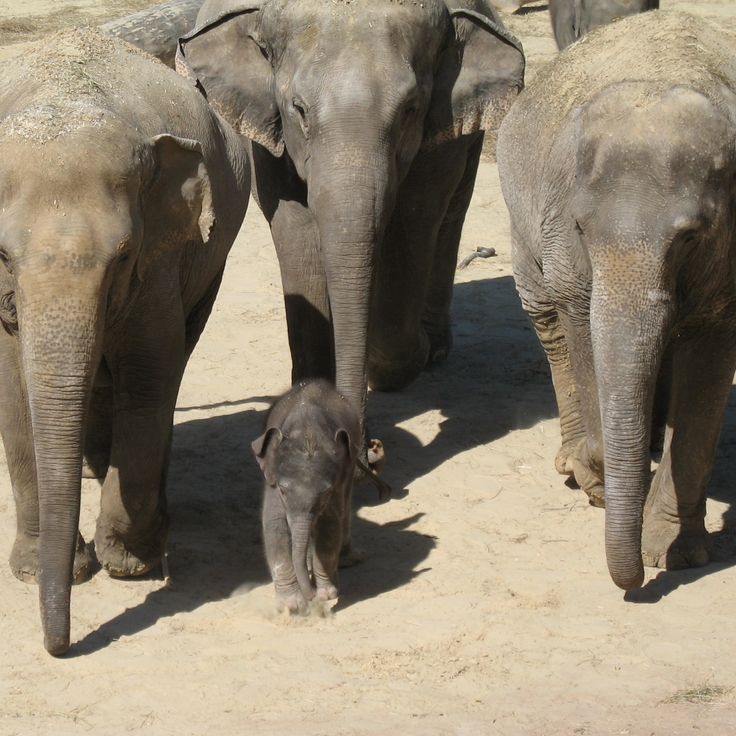
Cologne, Germany
Zoological facility founded in 1860 hosting more than 10,000 animals of 850 different species in themed enclosures and tropical greenhouses.
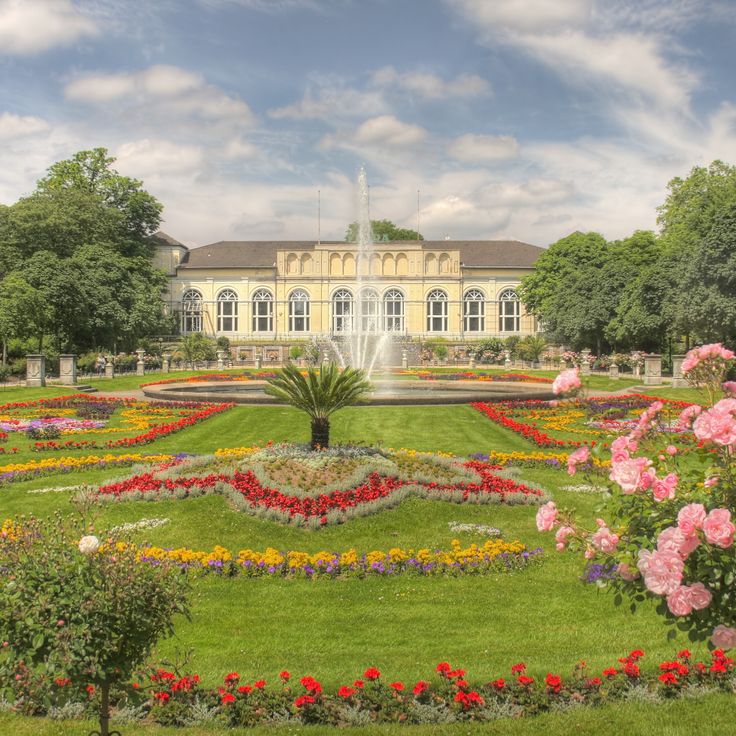
Cologne, Germany
Botanical area of 11 hectares created in 1864 presenting European and tropical plant collections in historic cast iron and glass greenhouses.
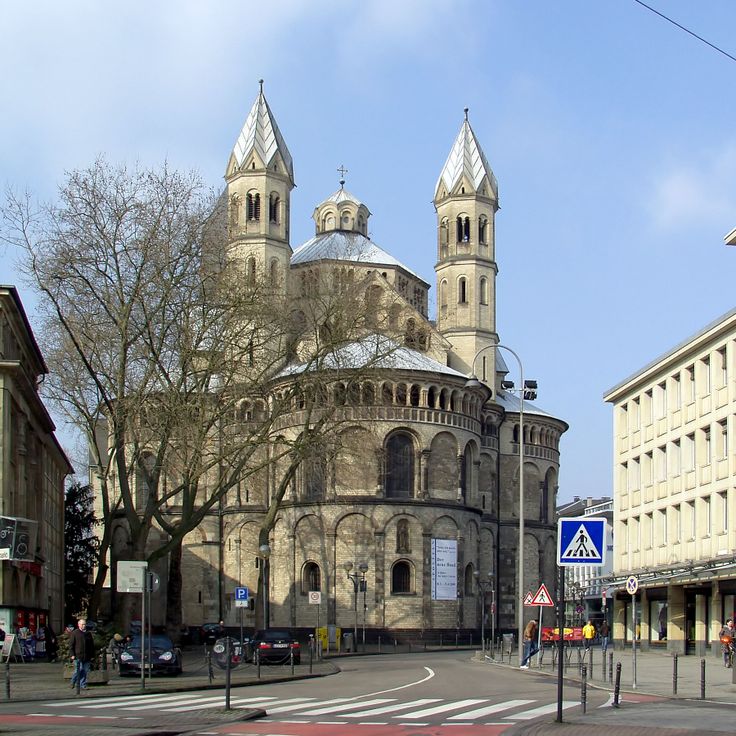
Cologne, Germany
Romanesque church built in the 11th century featuring a clover-shaped plan with three apses and towers characteristic of Rhenish Ottonian architecture.
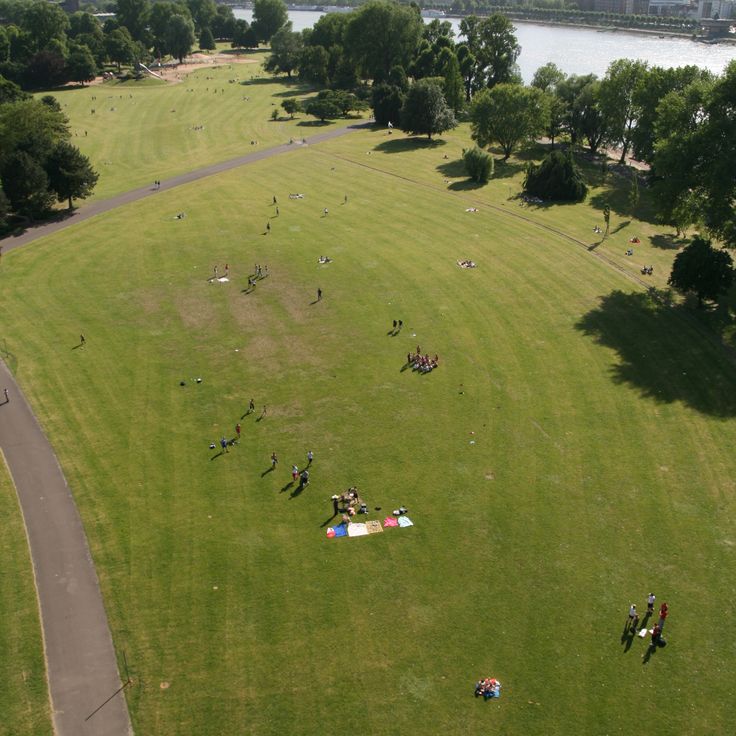
Cologne, Germany
Public park on the right bank of the Rhine offering lawns, landscaped gardens, playgrounds and walks with views of the cathedral and central Cologne.

Cologne, Germany
Necropolis founded in 1810 hosting the graves of bourgeois families, artists and local personalities in a wooded park of 435,000 square meters with notable funeral monuments.

Cologne, Germany
Religious complex inaugurated in 2018 including a 1,200-seat prayer hall, cultural center, library, and garden, designed by architect Paul Böhm with a dome and contemporary minarets.
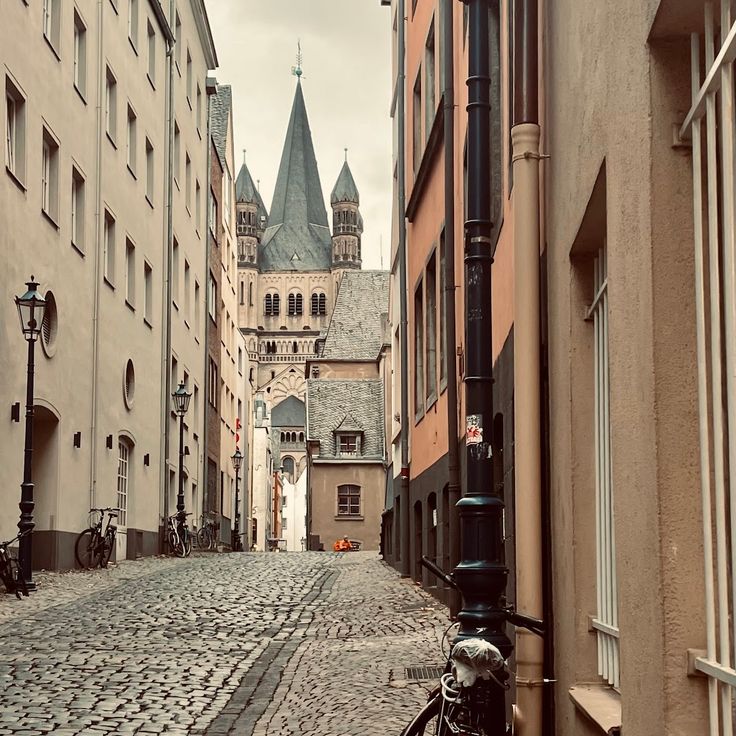
Cologne, Germany
District rebuilt after World War II retaining its medieval layout with public squares, Romanesque churches, restored half-timbered houses and remains from the Roman period.
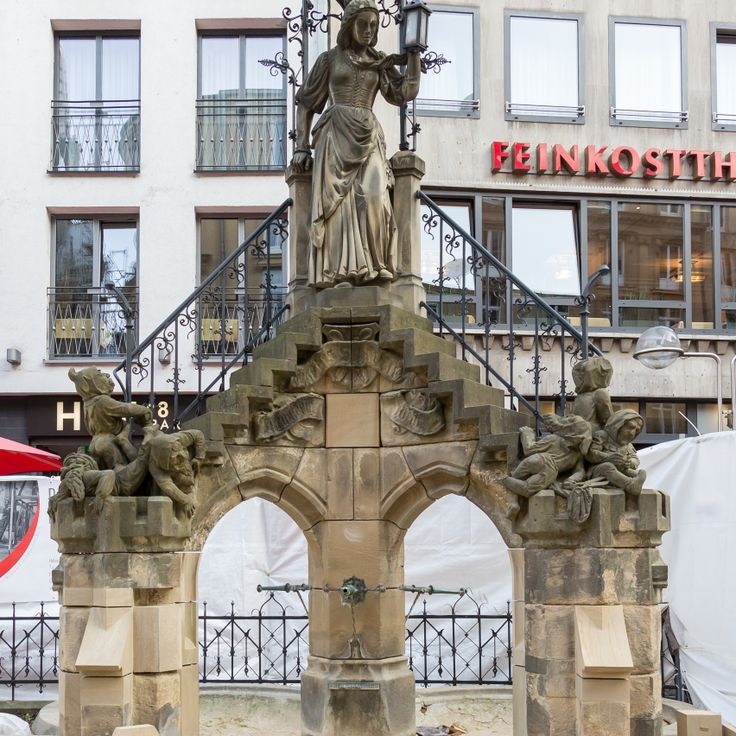
Cologne, Germany
Fountain paying tribute to the folklore creatures from Cologne mythology, the Heinzelmännchen, little nocturnal beings who carried out housework while the inhabitants slept.
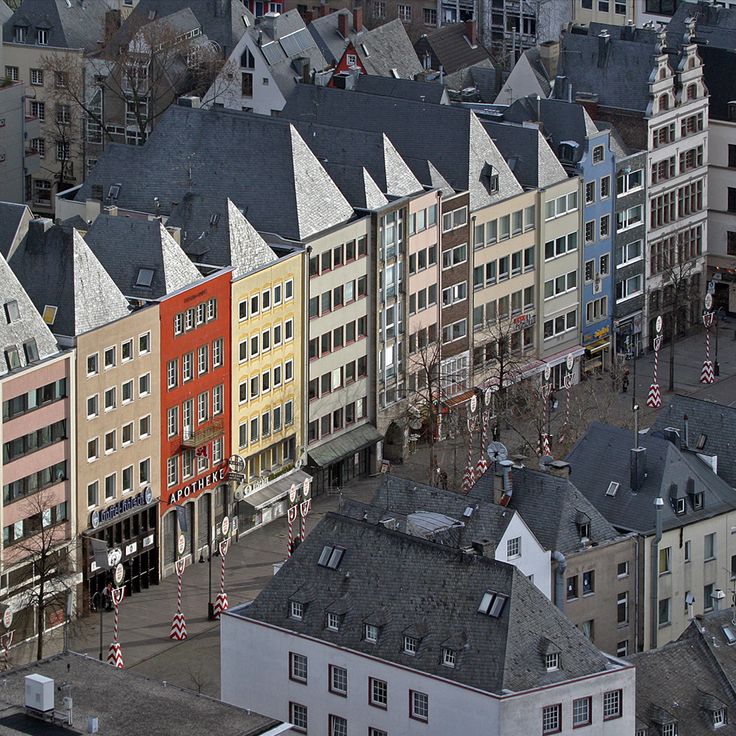
Cologne, Germany
This cobbled square in the historic center hosts restaurants with outdoor terraces, traditional cafés and the famous winter Christmas market with its decorated wooden chalets.
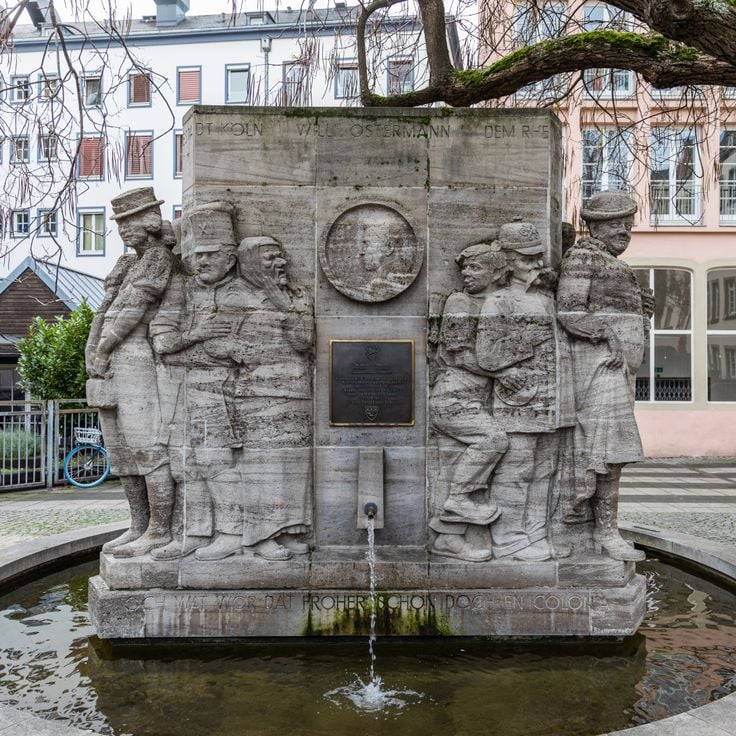
Cologne, Germany
Sculpted monument evoking the women who sold fresh fish at the markets of the Rhine city in past centuries.
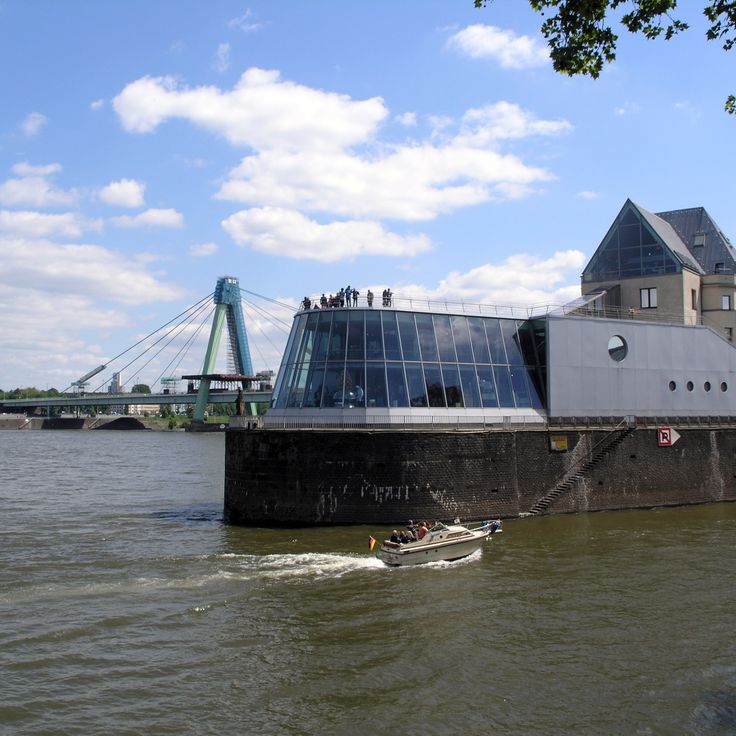
Cologne, Germany
Pedestrian path arranged along the banks of the river, suitable for walking and cycling with views of the bridges, the cathedral and surrounding urban architecture.
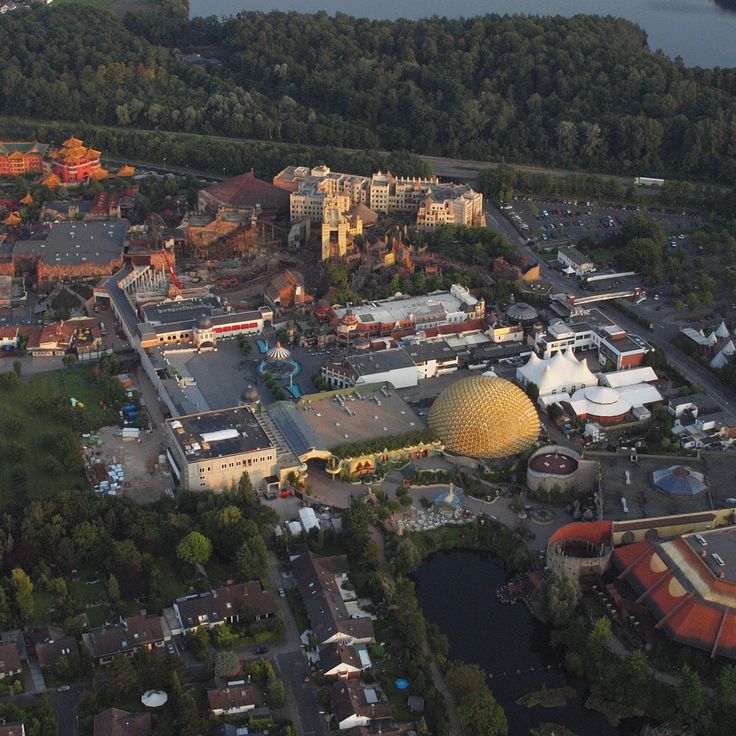
Brühl, Germany
Family theme park offering roller coasters, shows and themed zones over 28 hectares. Open since 1967, it welcomes more than two million visitors annually.
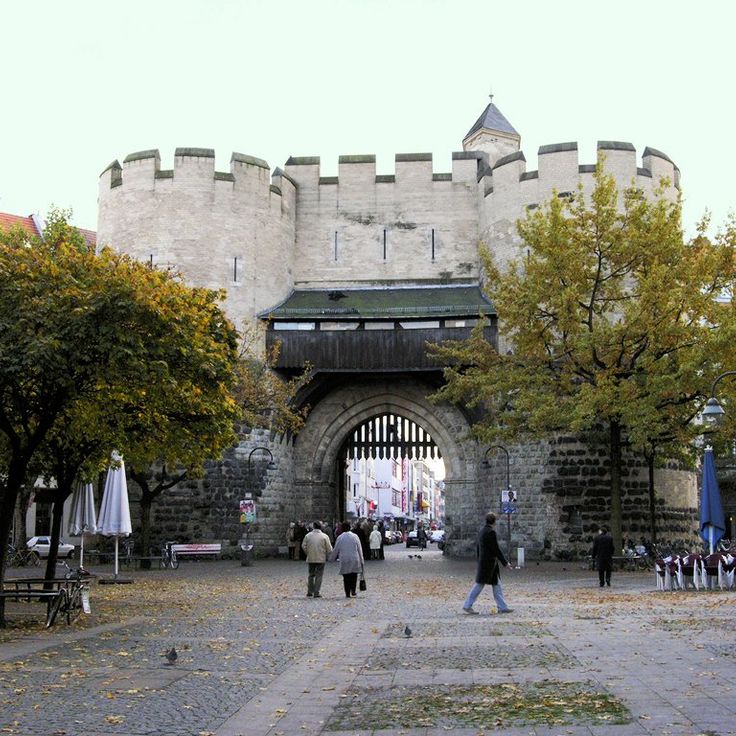
Cologne, Germany
Ancient fortified gate built around 1230 as part of the city's medieval walls. At 40 meters tall, it served as the northern defense of Cologne.
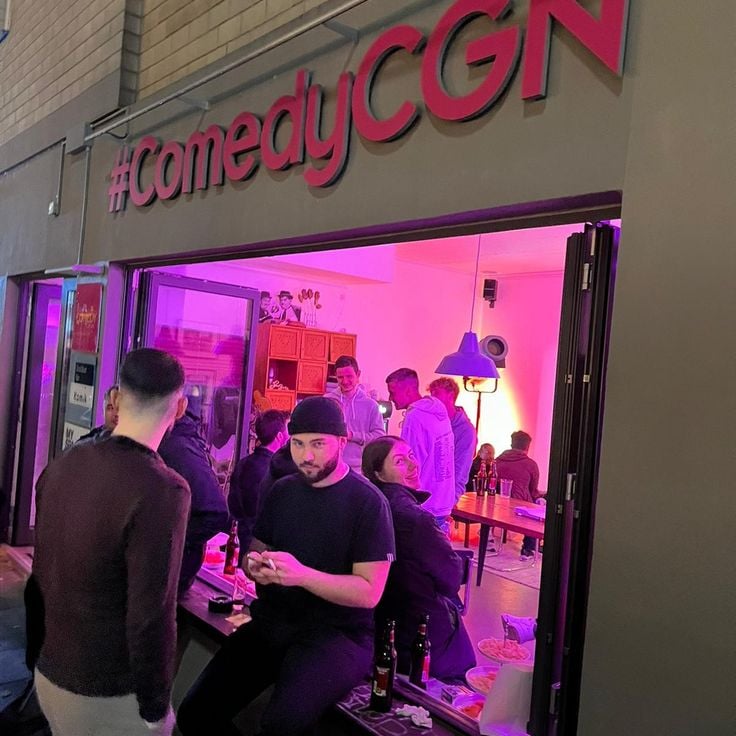
Cologne, Germany
Annual celebration starting on November 11 and culminating with the Rose Monday parade. More than one million people take part in the street festivities.
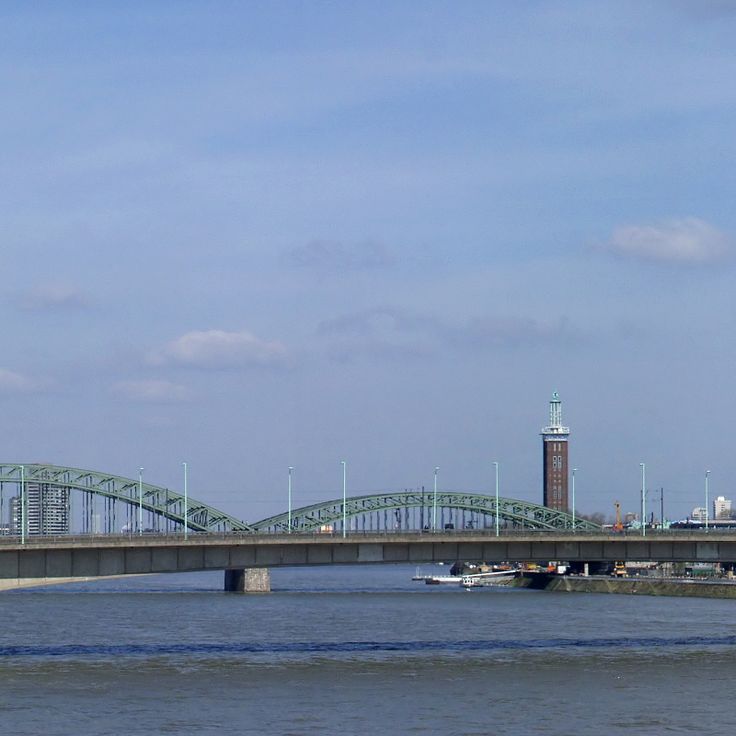
Cologne, Germany
Rail and road bridge built in 1948 extending across the Rhine for 688 meters. It links the left bank to the Deutz district on the right bank.

Cologne, Germany
Building founded in 1792 where the first cologne was created by Johann Maria Farina, presenting a collection of historical objects, old bottles and documenting the development of this traditional perfumery industry.
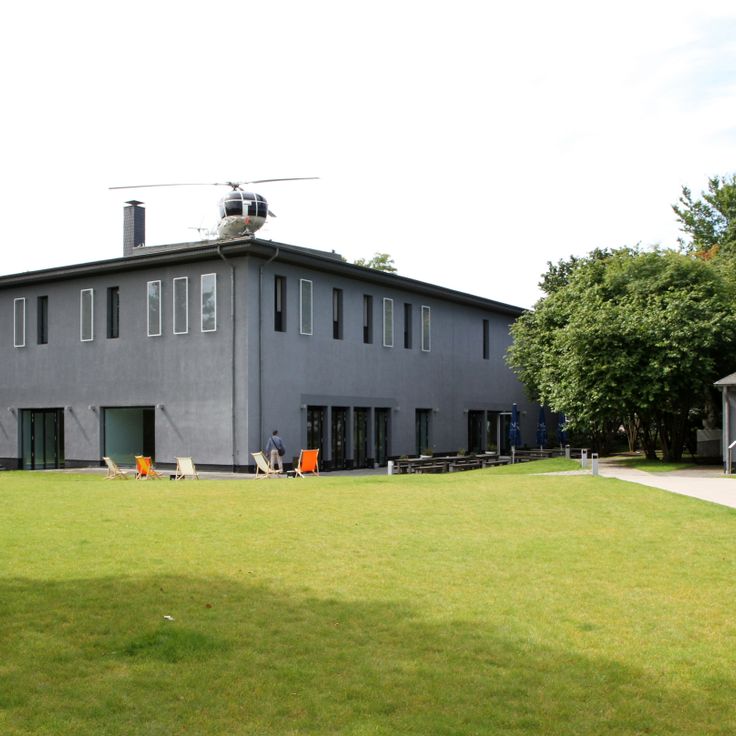
Cologne, Germany
Urban green space of 40 hectares established in 1997 showcasing more than 60 sculptures by contemporary international artists, providing walking routes between permanent and temporary art installations.